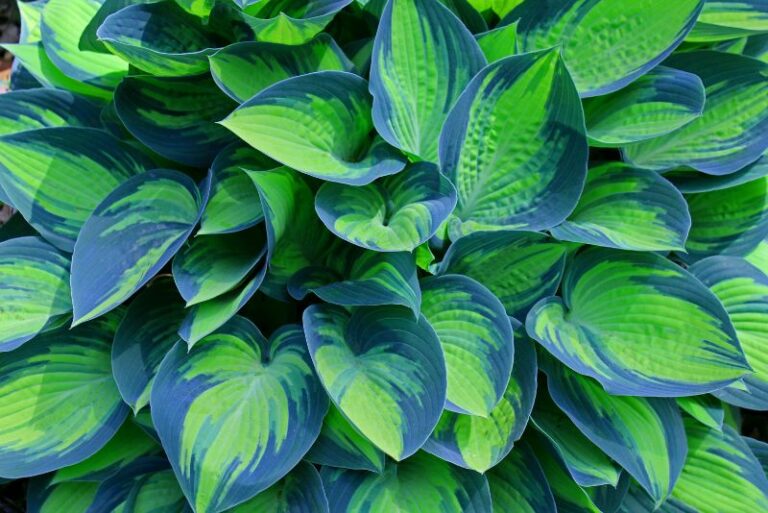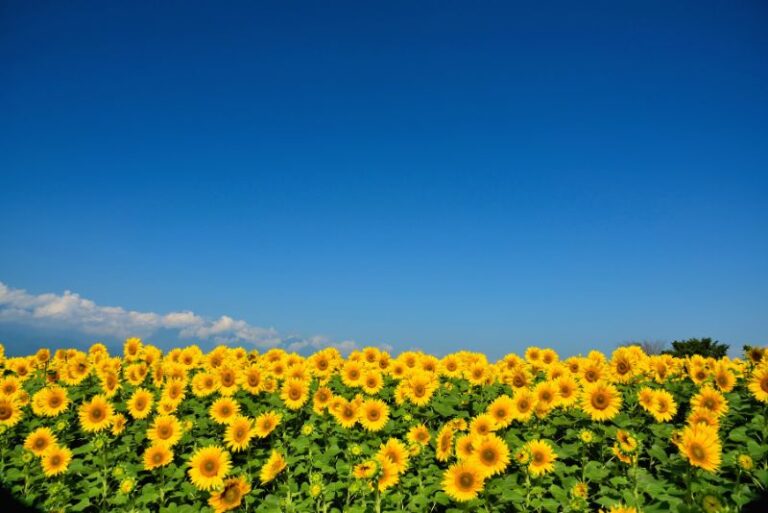How to Grow Gaillardia: A Gardener’s Guide
When it comes to vibrant and resilient plants, gaillardia stands tall in the garden. Known by the common name “blanket flower,” gaillardia possesses a natural, wild beauty that is as tough as it is striking. For gardening enthusiasts looking to add a pop of color to their landscape, gaillardia offers an array of hues and a low-maintenance attitude. If you’re ready to introduce this versatile flower to your garden, read on for a comprehensive guide to growing gaillardia, from selecting the perfect site to enjoying the year-round elegance it provides.
Understanding Gaillardia

Before you venture out to plant your first gaillardia, it’s crucial to understand the nature of this perennial flower. Gaillardia is a member of the sunflower family and is indigenous to various parts of North and South America. It’s loved for its daisy-like, fiery blooms that can range from deep reds to bright yellows, often with a central disk of deeper vibrant colors.
Description of the Plant
Gaillardia comes in an array of sizes, from compact varieties perfect for edging to taller, more robust selections suitable for borders. Its lance-shaped, toothy leaves form a dense rosette at the base, and from there the plant sends up its delightfully colorful flowers on long and slender stalks.
Varieties and Colors
One of the beauties of gaillardia is the sheer variety of colors and cultivars available. From the classic ‘Goblin’ with its red and yellow petals, to the warmer tones of the ‘Burgundy’, and the sunny ‘Mesa Yellow’, gardeners have no shortage of choices. Selecting the right variety can complement your garden design, adding visual appeal and interest.
Planting and Location
Choosing the right spot to plant your gaillardia is key to ensuring a healthy and happy growth cycle. Gaillardia is a sun-loving plant and thrives in well-draining soils.
Ideal Soil Conditions
This plant isn’t too picky about soil types but does best in soil that isn’t too rich. Sandy soils with a slightly acidic to neutral pH offer an environment that best supports gaillardia’s growth. Amending the soil with some organic matter can improve drainage, especially if you have heavy clay soils that tend to retain water.
Sunlight and Watering Requirements
Think sunny, and think dry — relative to other garden plants, gaillardia doesn’t need a lot of water once it’s established. It can tolerate drought conditions and will perform well with just the rainwater in most areas. Full sun is a must for gaillardia; it won’t thrive in shaded areas.
Choosing the Right Location
When deciding where to plant your gaillardia, consider areas in your garden that receive the maximum sunlight and are well-ventilated. Beware of planting near larger, more robust plants that could overshadow the gaillardia, reducing the amount of sunlight it receives.
Caring for Gaillardia
Once your gaillardia is in the ground, regular care ensures it blooms profusely and remains healthy year after year. Fortunately, gaillardia’s low maintenance needs make it a perfect plant for both beginners and experienced gardeners.
Pruning and Deadheading Tips
To keep gaillardia looking its best, it’s important to deadhead — that is, to remove spent flowers as they age. Not only does this make the plant look tidier, but it also encourages the continued production of blooms.
Fertilization and Pest Management
Gaillardia thrives in lean soils, so excessive fertilization is not necessary. An organic, all-purpose fertilizer can be applied lightly in early spring. Keep an eye out for pests like aphids and treat with organic insecticidal soap if necessary. Gaillardia’s natural resilience often means that pest problems are minimal.
Winter Care Guidance
In colder climates, gaillardia may need a little extra care to survive the winter. Mulching around the base of the plant can help insulate the roots and protect them from harsh conditions. It’s also wise to cut back dead foliage in the autumn to ensure a healthy regrowth in the spring.
Propagation Techniques
If you find that you want more gaillardia in your garden or you want to share the joy of this plant with friends, propagation is a simple and rewarding process.
Seed Sowing Methods
Growing gaillardia from seeds is an easy and cost-effective way to increase your plant population. Sow seeds directly into prepared soil in the garden, or start them indoors six to eight weeks before the last expected frost.
Division and Transplanting Tips
Dividing gaillardia in the spring not only helps control the plant’s size and shape but also rejuvenates it. Choose a mature plant, dig up the clump, and divide it into sections, ensuring each has roots and a portion of the crown. Transplant the divisions to their new location, following the typical care instructions for gaillardia.
Inspiration and Design Ideas
Gaillardia isn’t just a pretty face; it’s also a workhorse in the garden. It adds vibrant color, attracts pollinators like butterflies and bees, and is often deer-resistant.
Landscaping with Gaillardia
Use gaillardia to highlight a corner, line a walkway, or mass plant for a dynamic display. Its low profile works well at the front of the border or in a rock garden where its colorful blooms can be enjoyed up close.
Companion Planting Suggestions
Complement gaillardia with salvias, echinaceas, or ornamental grasses for a stunning display. Including tall plants like Russian sage can provide a beautiful contrast in height and texture. Consider the color wheel when selecting companions to achieve a pleasing color scheme.
Conclusion
Adding gaillardia to your garden not only infuses it with vibrant color and charm but also enriches the ecosystem by attracting beneficial wildlife. By following these detailed steps, understanding the plant’s needs, and drawing inspiration from various design ideas, you’re well on your way to cultivating a beautiful and thriving gaillardia garden. Remember, patience and a little attentive care are all it takes to reap the rewards of this lovely perennial. Happy gardening!






